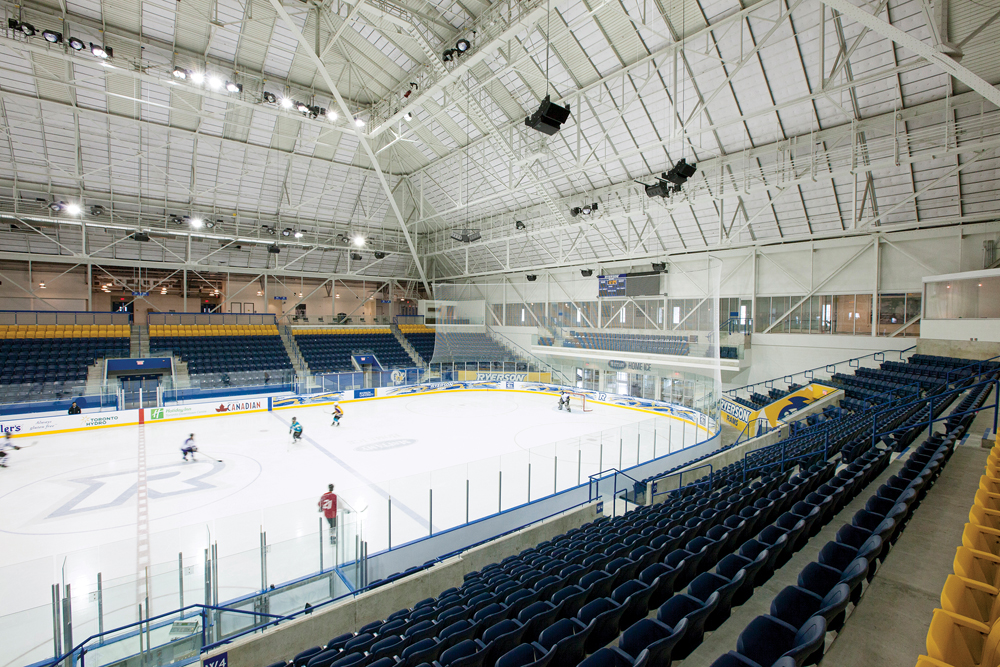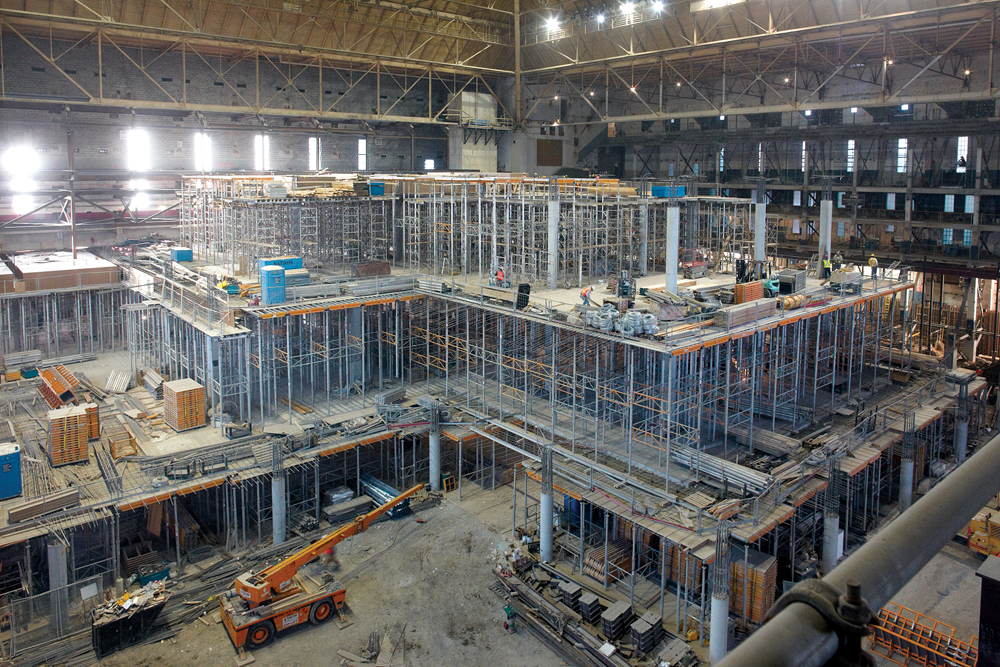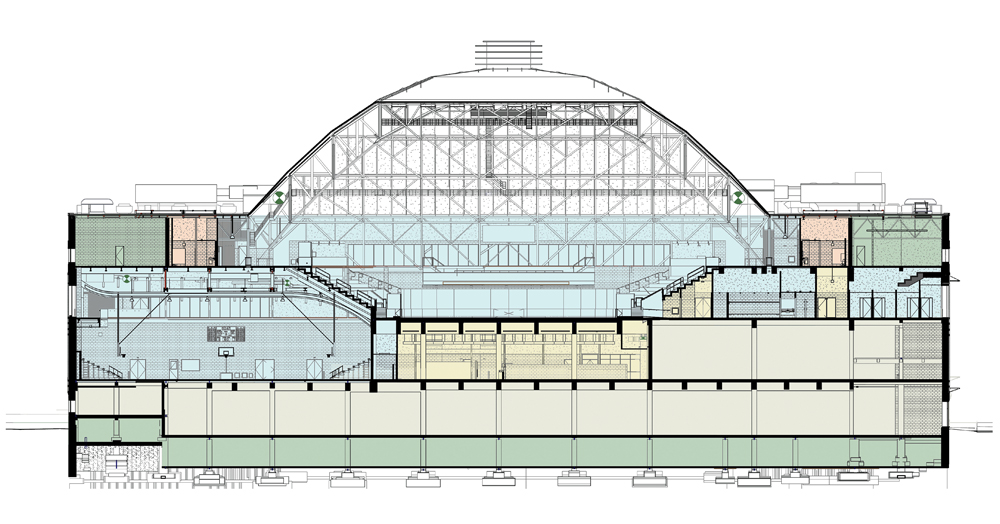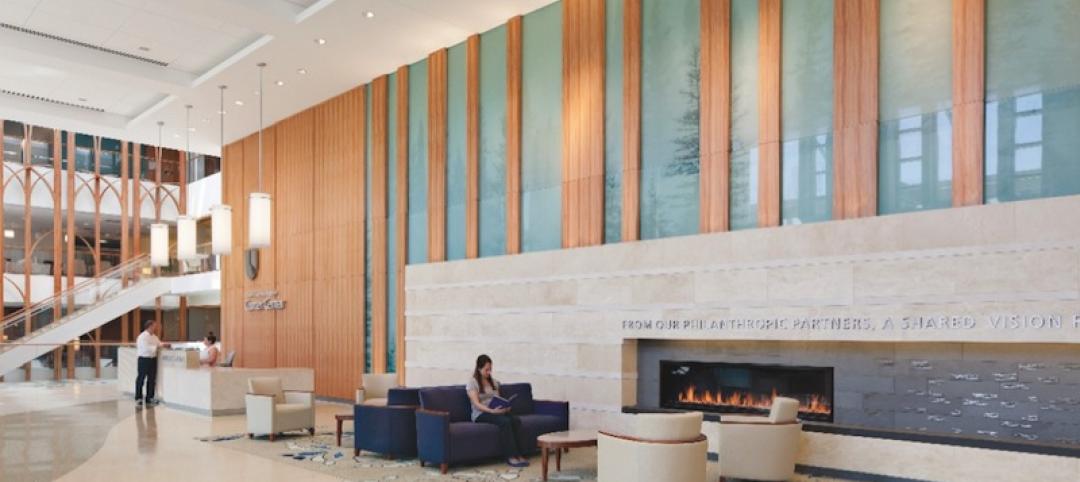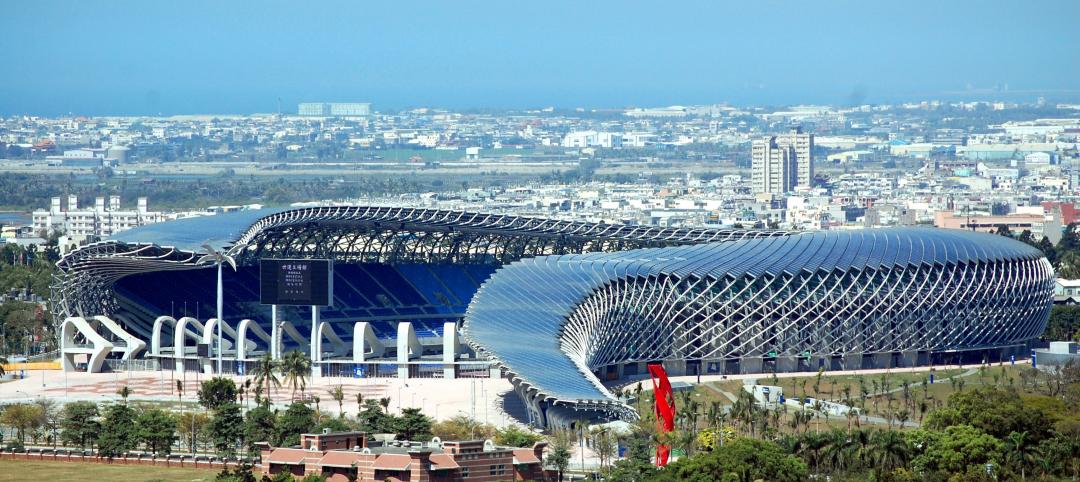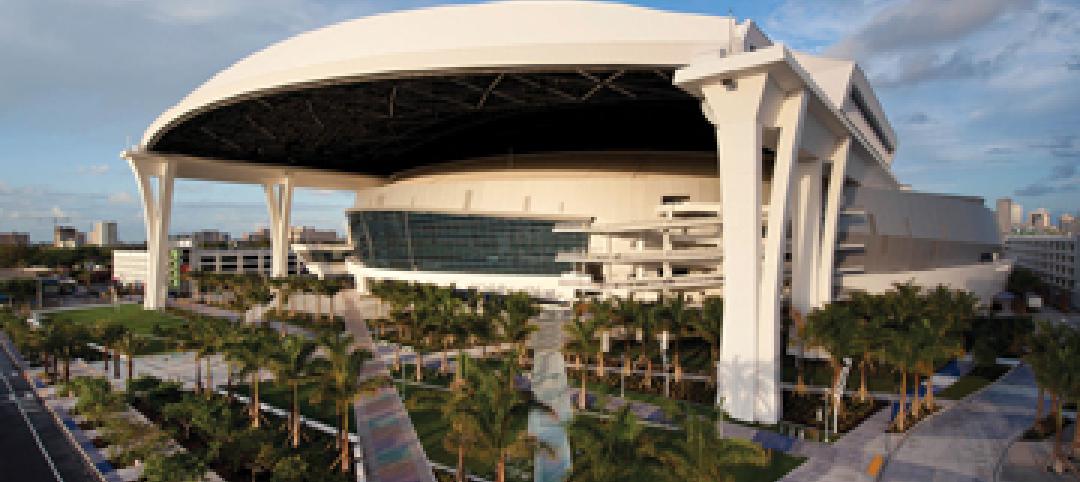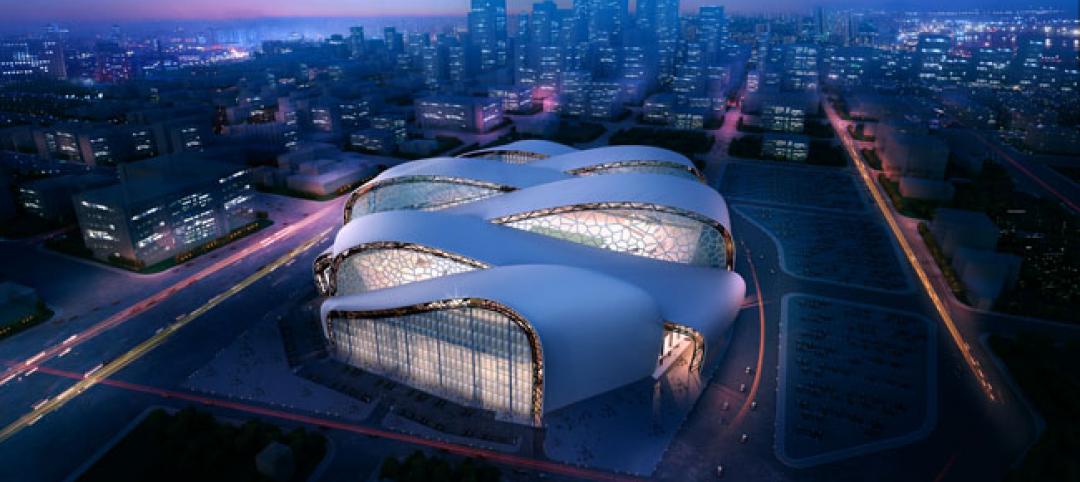Home to the NHL’s Toronto Maple Leafs from 1931 to 1999, Maple Leaf Gardens was widely considered one of the “cathedrals” of ice hockey. The 16,300-seat arena, designed by the prominent Montreal-based firm Ross and Macdonald, also played host to concerts, sporting events, and political rallies, and was known for its superb sightlines.
By the late 1990s, the grand ol’ gal had seen her better days, and an ownership change in the Leafs organization meant the club would be moving to the newly built and larger (18,800-seat) Air Canada Centre. For the next decade, the historic arena sat mostly idle as the new kid in town attracted the major events in Toronto.
In 2004, Loblaw Companies, Canada’s largest food retailer, purchased the Gardens and proposed several unpopular schemes for redeveloping the arena—including one that called for converting the interior to a Real Canadian Superstore and parking structure. It wasn’t until Loblaw was approached by Ryerson University that it would develop a plan that stuck. The downtown-based university was in dire need of a recreation center and a facility for its hockey team. The two organizations, with funding from the Canadian Federal Government and private donors—including a $15 million gift from Canadian homebuilder Mattamy Homes—committed to partner and bring the building back to life.
Their plan was audacious: retain and restore the building’s historic exterior fac?ade, including its steel-frame dome, while gutting the lion’s share of the interior spaces to make way for a new, four-level, multipurpose structure to house a grocery store and retail space at street level (85,000 sf) and the university’s sports complex on the three floors above (220,000 sf). Topping the new structure is a 2,800-seat, NHL-sized ice rink that emulates the original Gardens, with angled corners, rail seats, and its famous “corner blues” seats, which were restored. The $60 million project also added a level of below-grade parking. The iconic marquee was rebuilt and became the new entrance to the Ryerson University Athletic Facility.
Throughout the project, the team monitored the existing structure and exterior walls for movement and strain, using a proprietary computerized fiber-optic system that sounded an alarm and sent email notifications when it registered readings beyond the prescribed tolerances.
MATTAMY ATHLETIC CENTRE AT MAPLE LEAF GARDENS
Toronto, Ont.Building TeamSubmitting firm: BBB Architects Toronto (architect, Ryerson University component)Owner: Ryerson UniversityDeveloper: Loblaw PropertiesArchitect: Turner Fleischer Architects (base building)Historial architect: ERA ArchitectsStructural engineer: expMechanical engineers: The mitchell Partnership (Ryerson University); SNC Lavalin/LKm (base building)Electrical engineers: Mulvey Banani (Ryerson University); Hammerschlag & Joffe (base building)General contractor: ButtconGeneral InformationSize: 305,000 sfConstruction cost: $60 millionConstruction time: January 2010 to October 2011Delivery method: CM at risk
Once the shell was stabilized, the team demolished most of the seating bowl structure and then excavated 23 feet below grade to accommodate the parking level. From there, the four-level, poured-in-place concrete structure was erected in tiers and tied to the existing structure, providing the required support for the shell. The temporary bracing was removed and large openings were cut into the corner buttresses to accommodate parking ramps and the main entrance. A large, 80-by-16-foot opening was created in the north fac?ade to accommodate a new loading dock.
Placing the ice rink atop the new interior structure—50 feet above street level—posed a number of issues for the Building Team. Chief among them was ensuring that the rink would be fully isolated from the structure below. This was accomplished by installing a waterproof membrane to manage against leaks and a thermal barrier sandwiched between the chilled rink slab and the structural slab to help regulate the temperature. A portion of the refrigeration’s waste heat keeps the under-slab of the third floor warm enough to prevent condensation below, and a network of piping in the 3-inch-thick under-slab circulates warm water to keep temperatures constant.
The Reconstruction Awards judges praised the Building Team for its close collaboration in executing this complex redevelopment and restoration project while meeting the requirements of working on a National Historic Site.
“You can’t pull off a project this complex this beautifully without having everyone of the Building Team members on the same page,” said judge Rick Juneau, LEED AP, President of Residential and Restoration with Bulley & Andrews (www.bulley.com).
Juneau and the other judges noted that the project serves as a good case study for cities and municipalities dealing with outdated or derelict sports venues.
This cross section shows the different functions in the facility. The program includes: university athletic space (blue), university circulation areas (yellow), Loblaws retail space (beige), back-of-house space (green), washrooms and locker rooms (red), and common circulation space (gray).
The program also incorporates a 1,000-seat basketball/volleyball gymnasium, training gym, fitness studios, fitness center, and academic and lab space for the university’s sports sciences, kinesiology, and sports therapy departments.
Related Stories
| Apr 16, 2013
5 projects that profited from insulated metal panels
From an orchid-shaped visitor center to California’s largest public works project, each of these projects benefited from IMP technology.
| Apr 2, 2013
6 lobby design tips
If you do hotels, schools, student unions, office buildings, performing arts centers, transportation facilities, or any structure with a lobby, here are six principles from healthcare lobby design that make for happier users—and more satisfied owners.
Building Enclosure Systems | Mar 13, 2013
5 novel architectural applications for metal mesh screen systems
From folding façades to colorful LED displays, these fantastical projects show off the architectural possibilities of wire mesh and perforated metal panel technology.
| Feb 26, 2013
Tax incentive database for reflective roofs available
The Roof Coatings Manufacturers Association (RCMA) and the Database of State Incentives for Renewables & Efficiency (DSIRE) created a database of current information on rebates and tax credits for installing reflective roofs.
| Dec 7, 2012
Structural glazing sealant protects solar-rooftop stadium in Taiwan
Designers of the Kaohsiung World Games Main Stadium in Gaoxiong, Taiwan, powered by almost 9,000 rooftop solar panels, required an effective panel fixing design offering optimum energy transfer rate, plus thermal and weathertight performance. Dow Corning specialists recommended a four-sided structural sealant solution featuring Dow Corning 983 Structural Glazing Sealant.
| Aug 8, 2012
Giants 300 Sports Facilities Report
BD+C's Giants 300 Top 25 AEC Firms in the Sports Facilities sector.
| Jun 14, 2012
Minnesota Vikings stadium plan gets legislative go-ahead
Legislation that approved the construction of a new billion dollar stadium for the Minnesota Vikings passed the Minnesota legislature.
| Jun 1, 2012
New BD+C University Course on Insulated Metal Panels available
By completing this course, you earn 1.0 HSW/SD AIA Learning Units.
| May 29, 2012
Reconstruction Awards Entry Information
Download a PDF of the Entry Information at the bottom of this page.
| May 24, 2012
2012 Reconstruction Awards Entry Form
Download a PDF of the Entry Form at the bottom of this page.


